Sure, overbites are cute on horses, but a little less desirable on a living, breathing, socialising human - especially in adult form.
If you’re struggling with misaligned teeth and found yourself googling ‘How To Fix An Overbite’, you’ve landed in the right place. Just call us the Overbite fixer uppera’s or whatever name adjacent to that meaning because we know what we’re doing and are experts in transforming smiles.
Let’s dive ‘straight’ in!
What is an Overbite?
Overbite refers to vertically challenged, misaligned teeth. It happens when the upper teeth overlap the lower teeth more than they should. If we’re getting technical, an overbite is a type of malocclusion, aka a ‘bad bite.’
While the main symptom of an overbite is tooth alignment, unfortunately, overbites are often accompanied by several other uninvited guests. They usually travel with breathing issues, jaw pain, headaches, tooth erosion, tooth decay, cavities, speech problems, and (drum roll, please) gum disease! Yee-ha.
It’s not all bad news, though. We’ll get to the pleasantries - keep reading.

Types of Overbites
Generally, there are two types of overbites: Skeletal and Dental.
A skeletal overbite is put down to genetics (which should give you a guilt-free pass to ask Mum and Dad for a handout to cover overbite correction costs). Skeletal overbites occur due to an irregular size and shape of the lower jaw and teeth.
Dental overbites are caused by external interruption of dental development, often caused by childhood habits—thumbsuckers, anyone?
No matter the type of overbites, orthodontics measure the severity of the misalignment with the following:
Normal: 1 to 3mm
Deep bite: 4 to 8mm
Severe overbite: 9mm or more.
The overlap allows us to identify the complexity of the orthodontic treatment and the time it may take to make the adjustments required to correct the skeletal or dental overbite.
What Causes an Overbite?
As mentioned above, some overbite cases are simply due to genetics. We can’t choose what we inherit, but if an overbite is one of them, let’s hope you at least got blessed hair as thick as the gods and eyes so blue they rival the beauty of the ocean.
Anywho…
Also, as mentioned above, childhood habits could be a determining factor in overbites. Habits such as thumb and lip sucking, tongue thrusting and excessive use of a dummy (or pacifier if you are not an Aussie) can have a significant influence on the development of your bite.
Lastly, and this is a shocking one, overbites can be caused by bad oral health—who knew?
So if you’re out here living your life but forgetting to brush your teeth and worrying that bad breath was the only consequence, think again. Crappy oral hygiene is not only gross, it can also lead to structural issues.
Say you lose a couple of teeth; the teeth you keep will have space to move around, which could affect your alignment over time. On the other hand, having too many teeth and suffering from tooth overpopulation or ‘crowding’ can also result in a misalignment.
To be safe, we recommend ditching any dirty dental habits such as chewing on pens or other harder objects, nail biting, and teeth grinding.

Fix an Overbite with Clear Aligners
Oh, we’ve arrived at the ‘good news’ section of the blog already.
So, to answer your previously mentioned Googled question: How To Fix An Overbite?
You do so with clear aligners. If this is your first rodeo and you have absolutely zero clue what the frick clear aligners are, allow us to enlighten you.
Our Bitesoft Clear Aligners use calibrated force to move your teeth into a new position, forcing the body to adapt by remodelling the bone.
Basically, when pressure is applied to a tooth, the periodontal ligament or PDL (a group of connective tissue fibres that attach the tooth to the alveolar bone) compresses, and the bone on the side receiving the pressure responds by resorption.
Our aligners are made from Zendura Flx Material, which we believe to be the most comfortable and invisible clear aligner material on the market.
Each clear aligner moves your teeth in small, safe, and conservative increments. This is done over your specific estimated treatment time and monitored by our Orthodontics throughout treatment.
And viola’ you’re not only left with a corrected bite but a deliciously gorgeous, stunning smile that’ll capture the attention of anyone you deem lucky enough to flash it to.

Clear Aligners Treatment and Costs
Would you believe us if we told you that a clear aligner treatment costs less than you think?
If you’ve already researched traditional metal braces or even more complex options such as surgery, you’d already realise you would be looking at costs upward of $10,000.
However, a clear aligner treatment for an overbite correction starts from just $2,999. AND you have payment plan options if you decide to pay it off rather than in one lump sum. Now, we can’t speak for everyone in the industry, but here at Bitesoft Co., we try to make teeth alignment and overbite treatment accessible and affordable to everyone. And don’t go looking for hidden costs because there aren’t any. After your initial assessment, you will be given a firm quote. And, unless you lose a set of retainers, the quoted price is what you’ll pay.
As far as treatment time, you’d be looking at somewhere between 6 and 12 months. But don’t hold us to this, as it is case-dependent. After your initial consultation, you will be given an estimated time you’ll be required to wear your retainers. Then, it becomes your job to ensure that you actually wear them for the 20-22 hours recommended per day.
A clear alignment treatment is a small price to pay (literally) for a priceless smile. And imagine the joy of being able to enjoy food pain-free—that’s the dream!
If you have any further questions regarding how Bitesoft Co. can help you achieve your bite goals, reach out to our team and we’ll get you straightened out in no time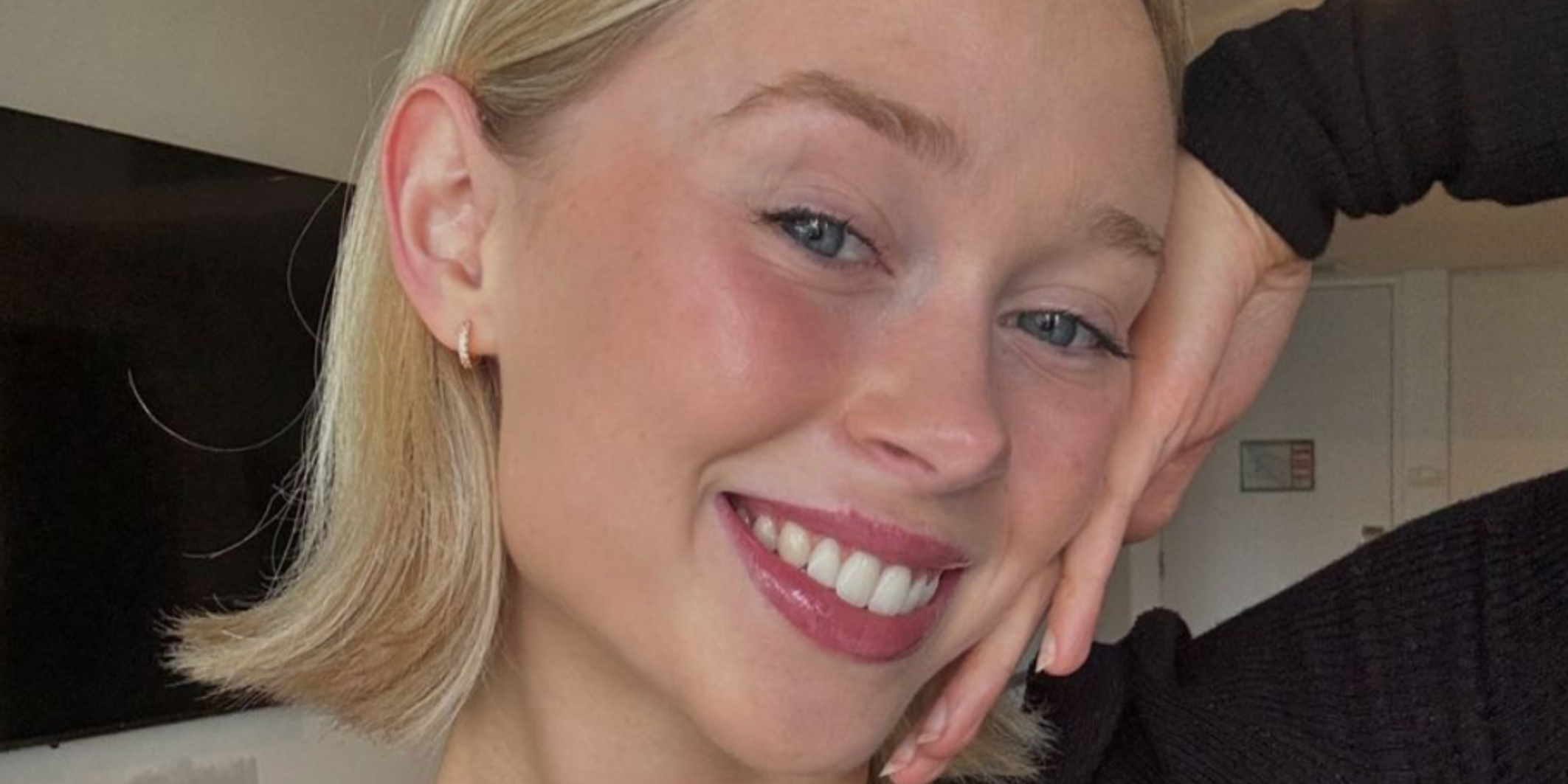
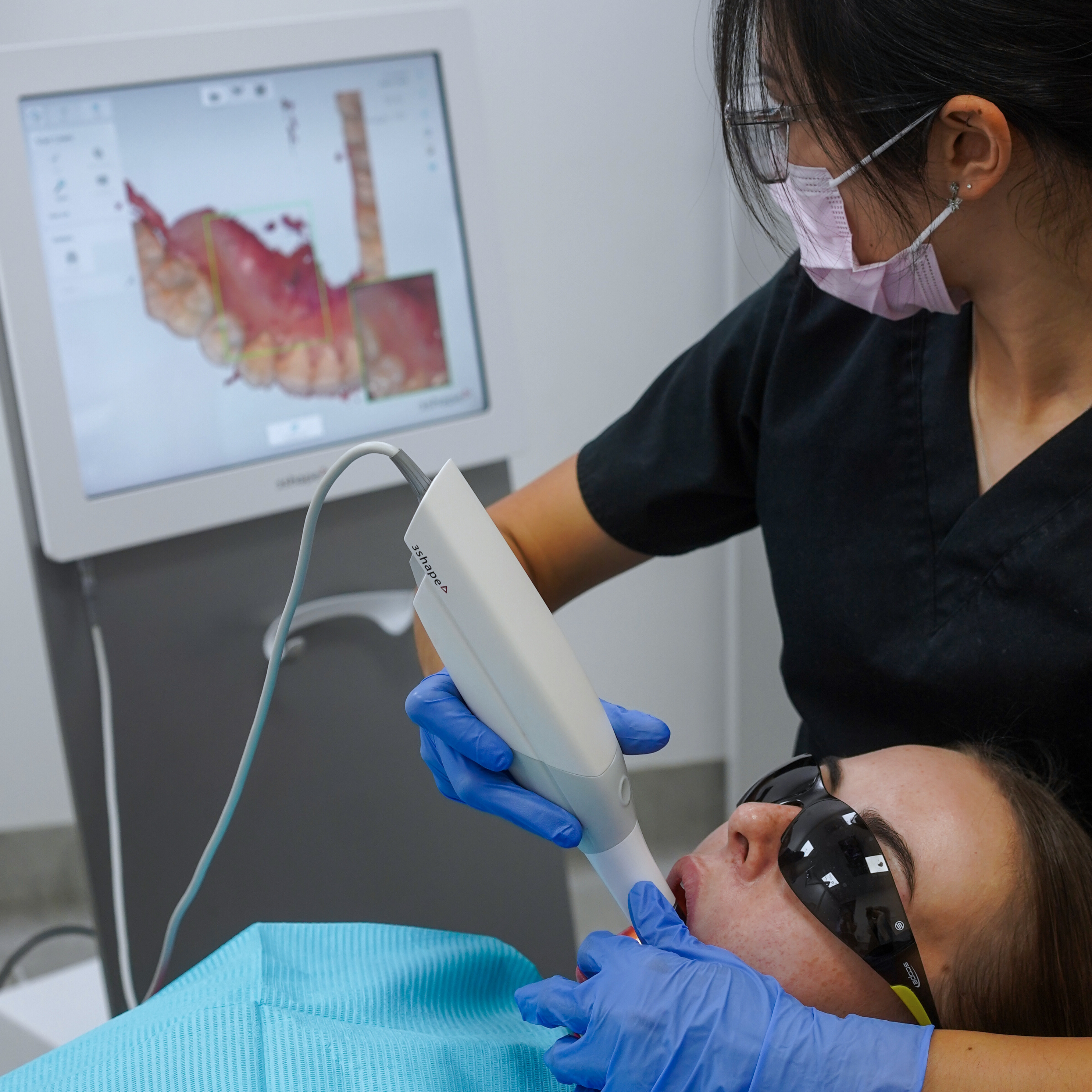

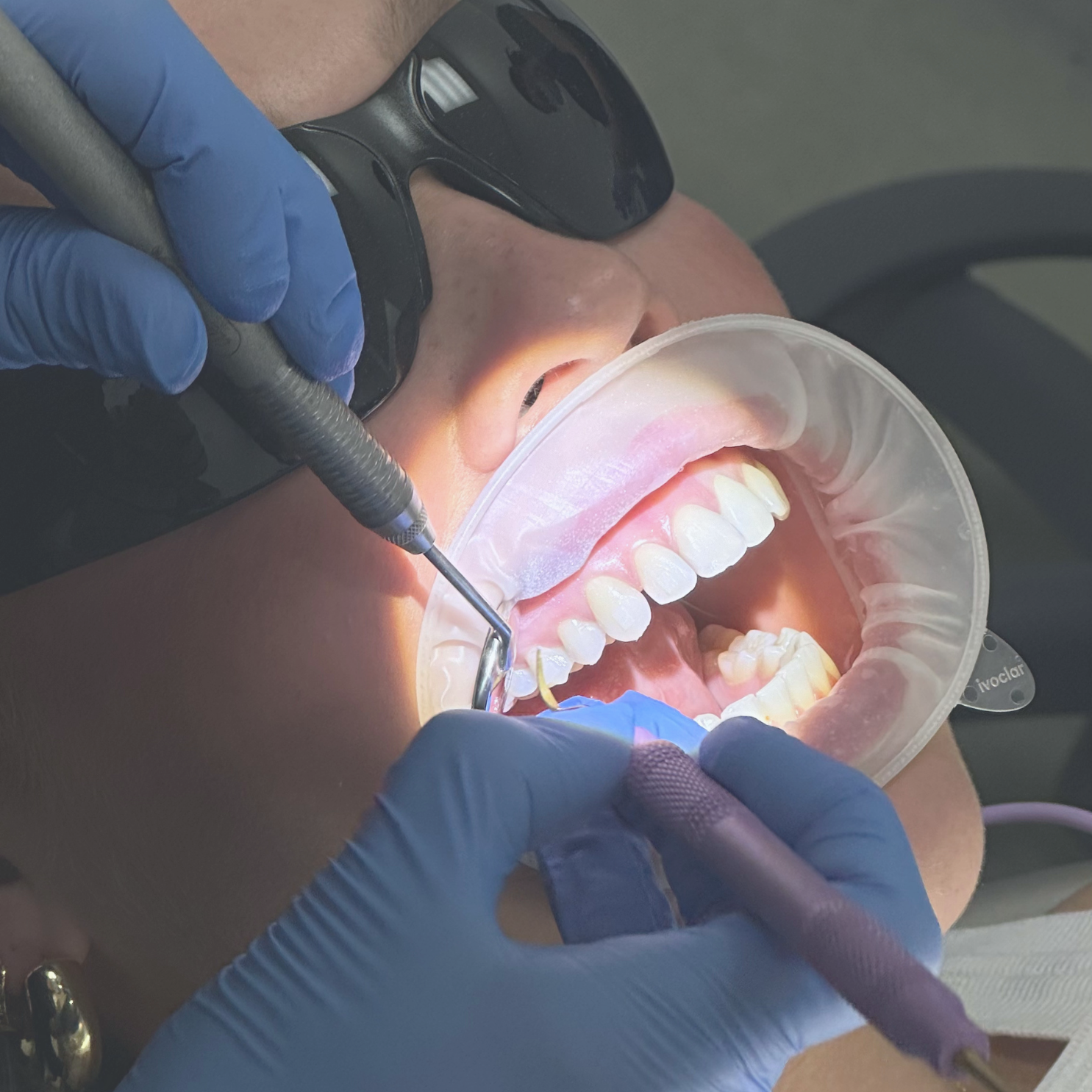
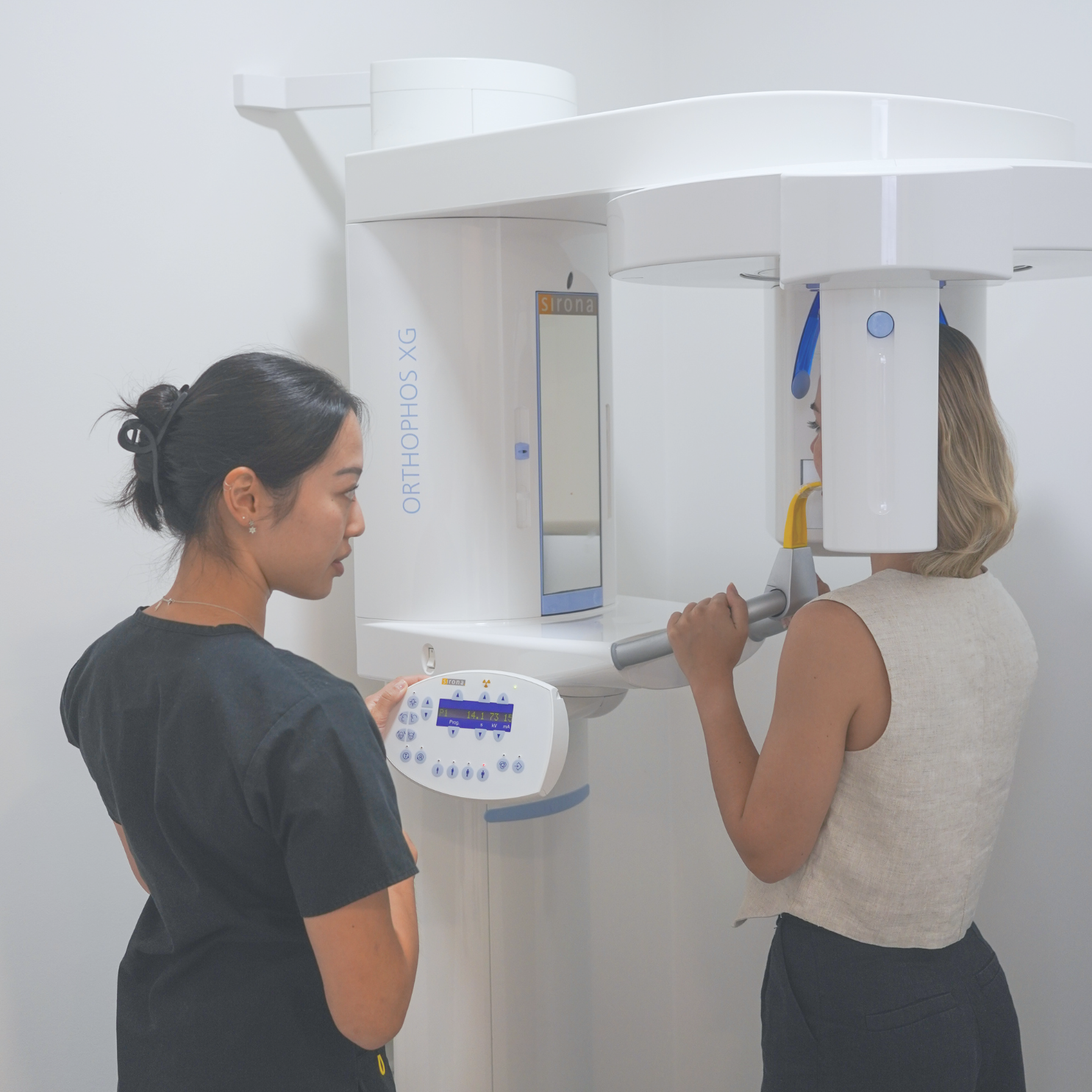
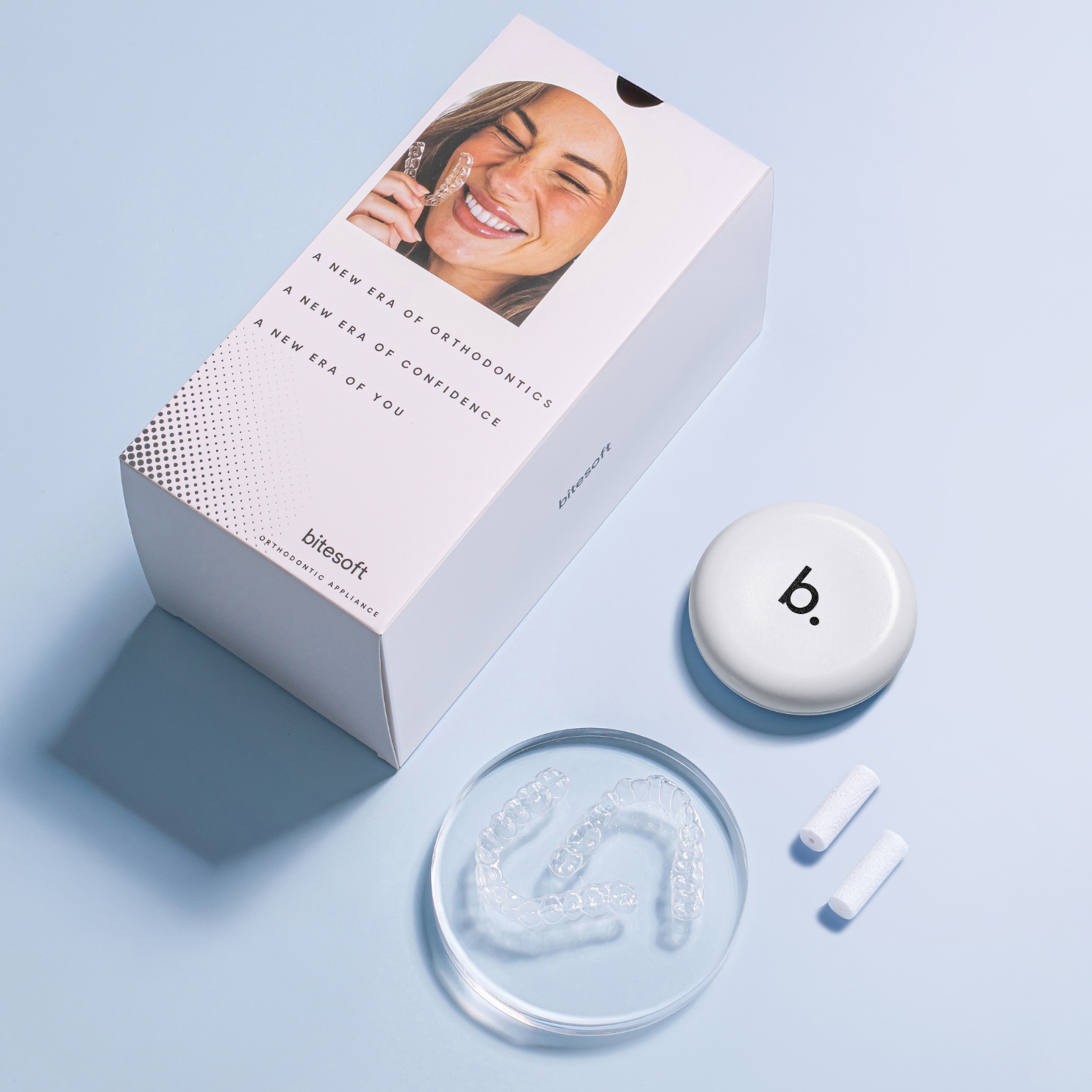

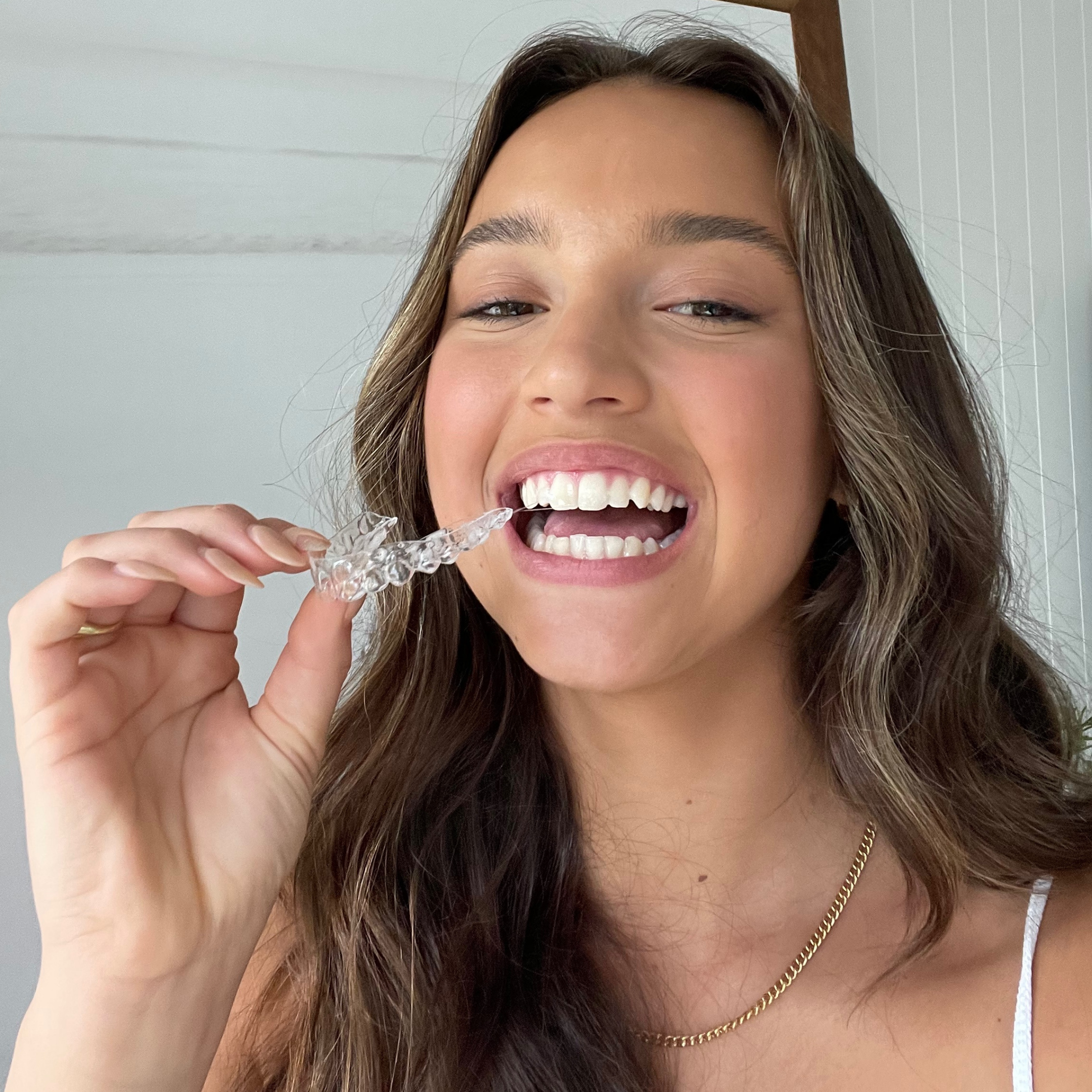
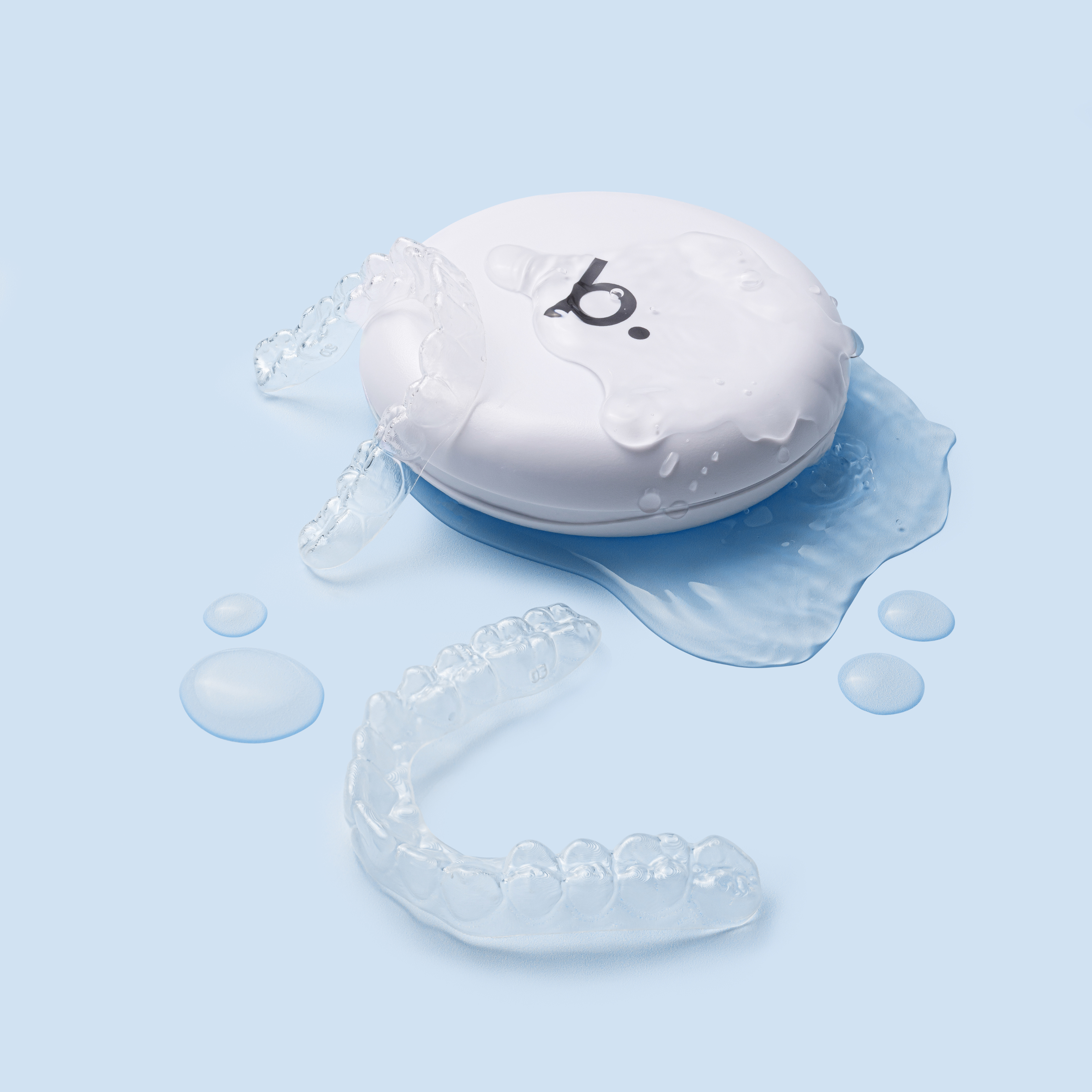
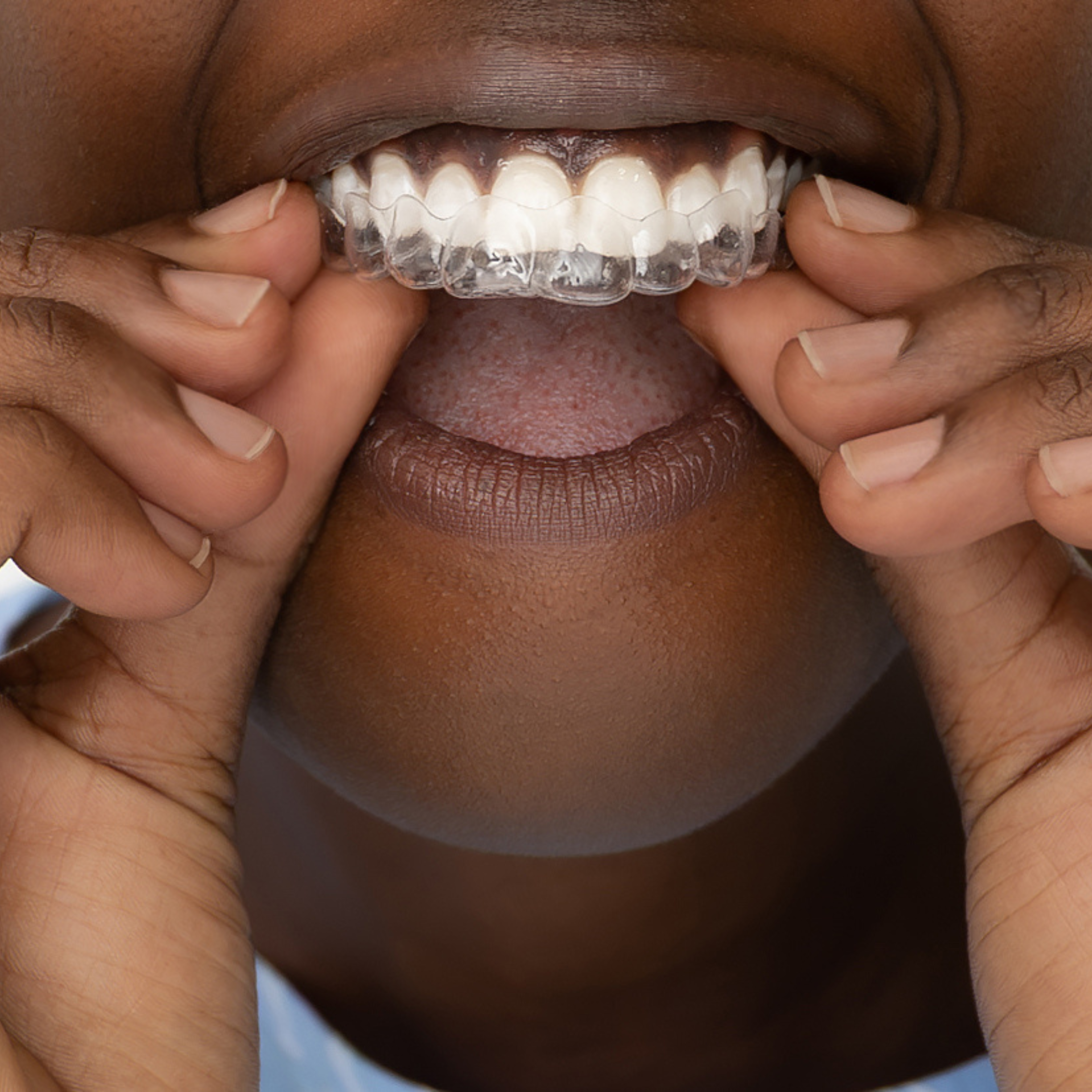

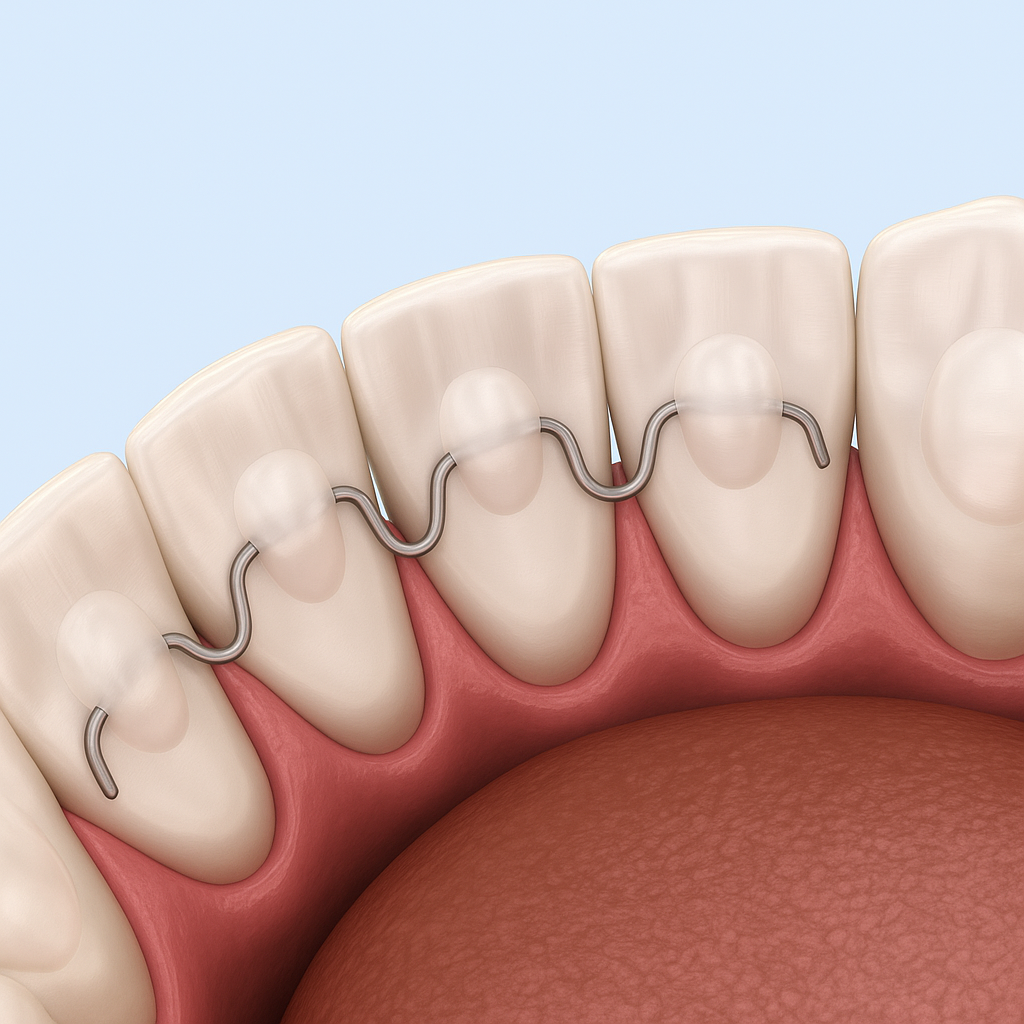
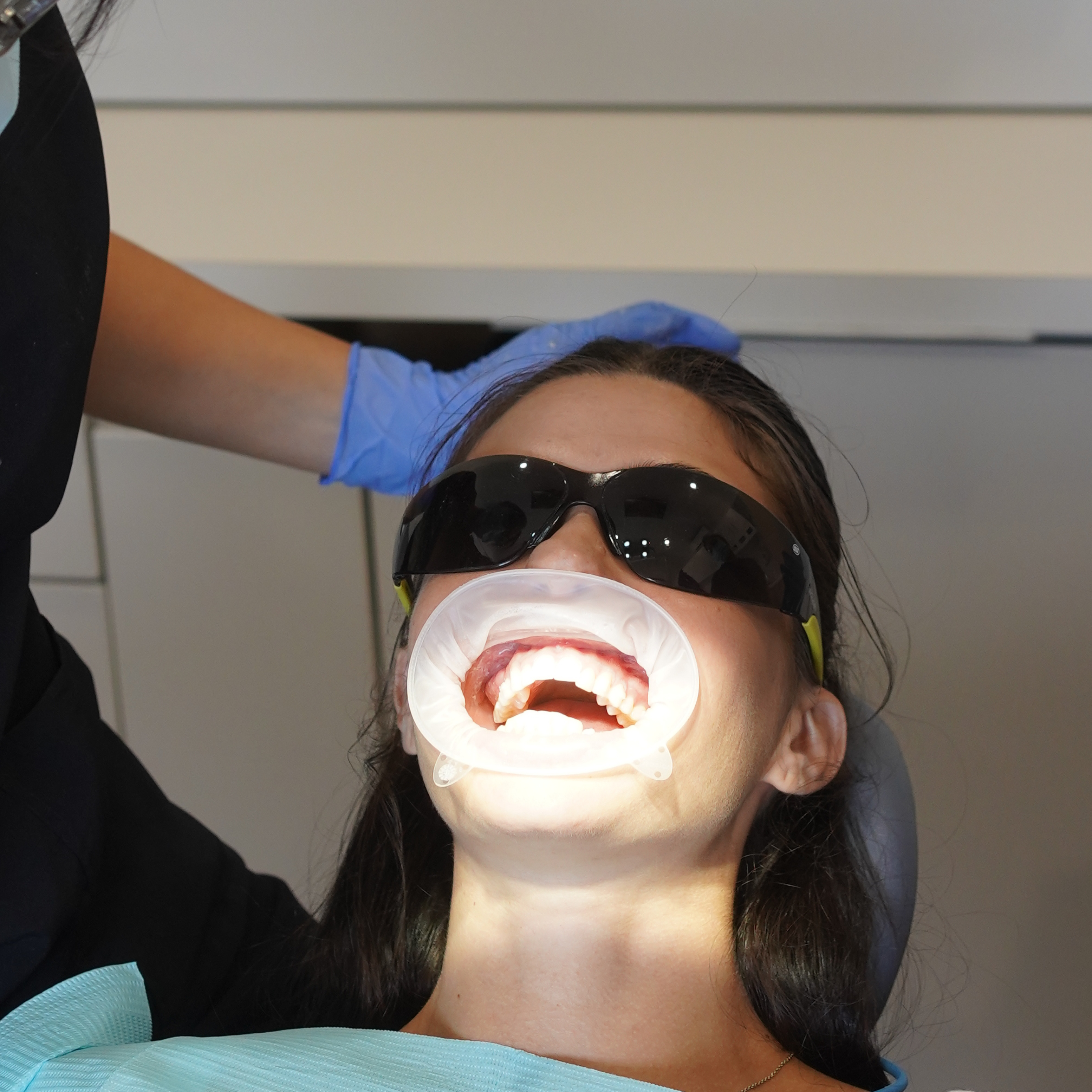

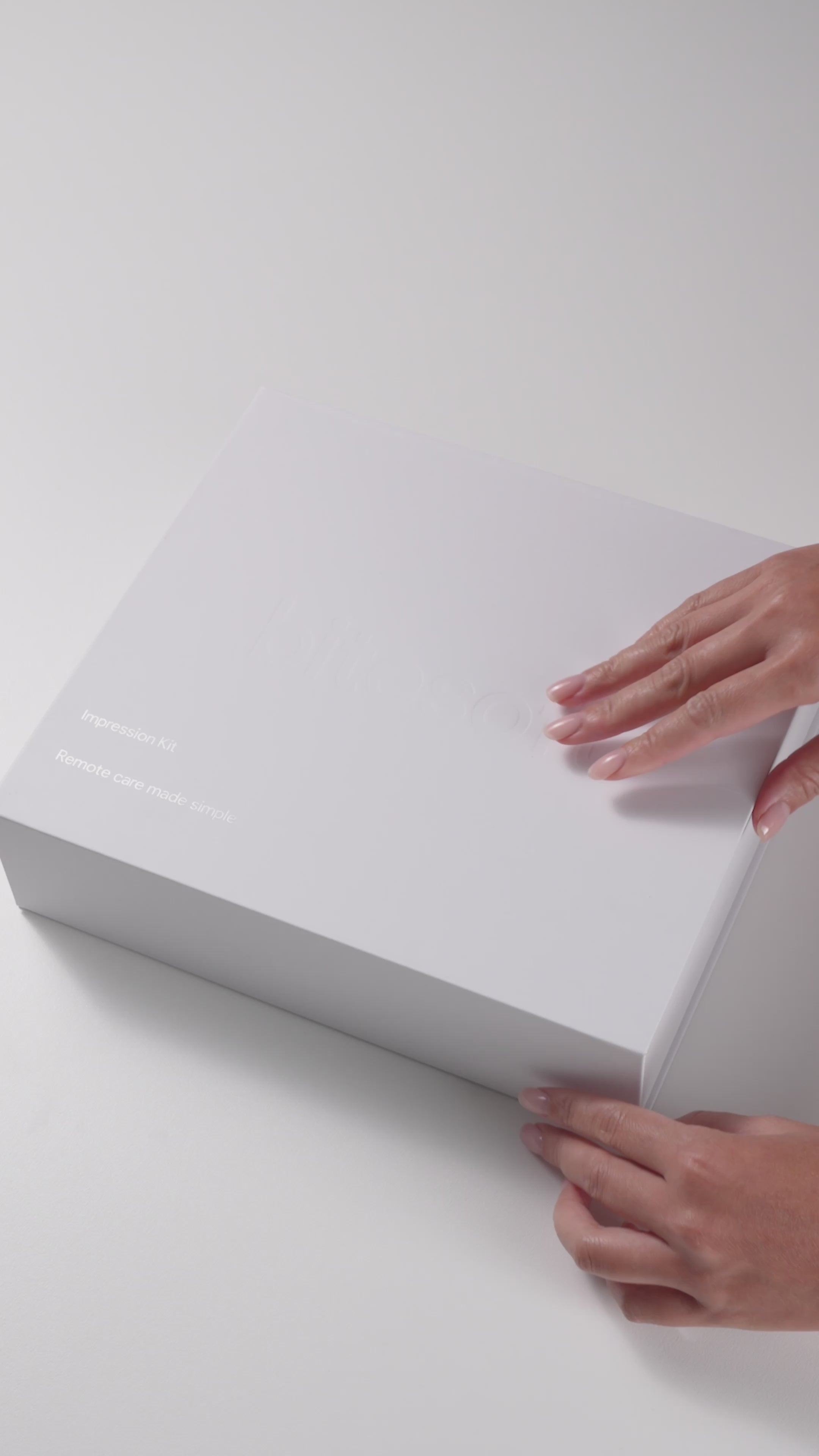
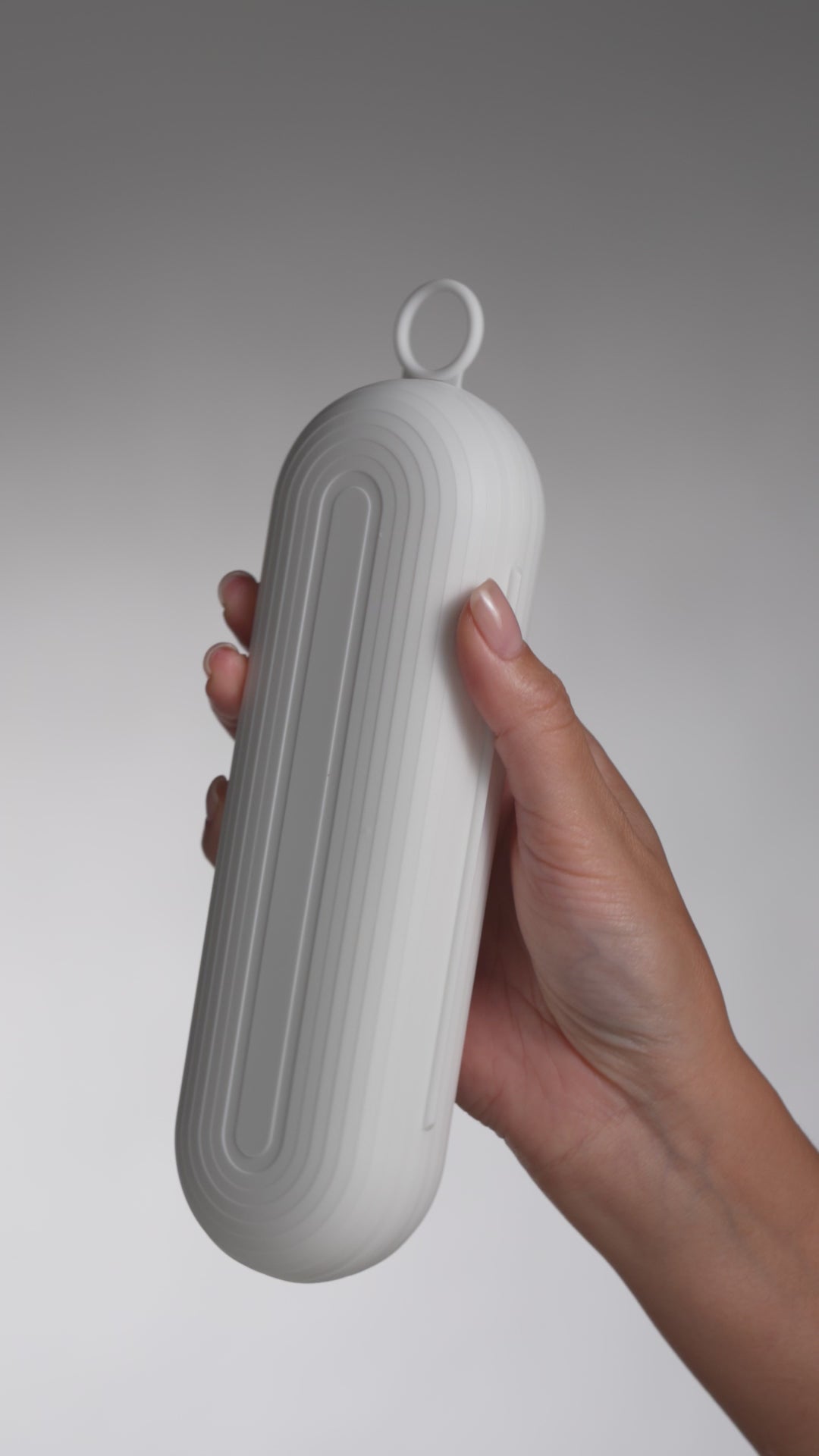


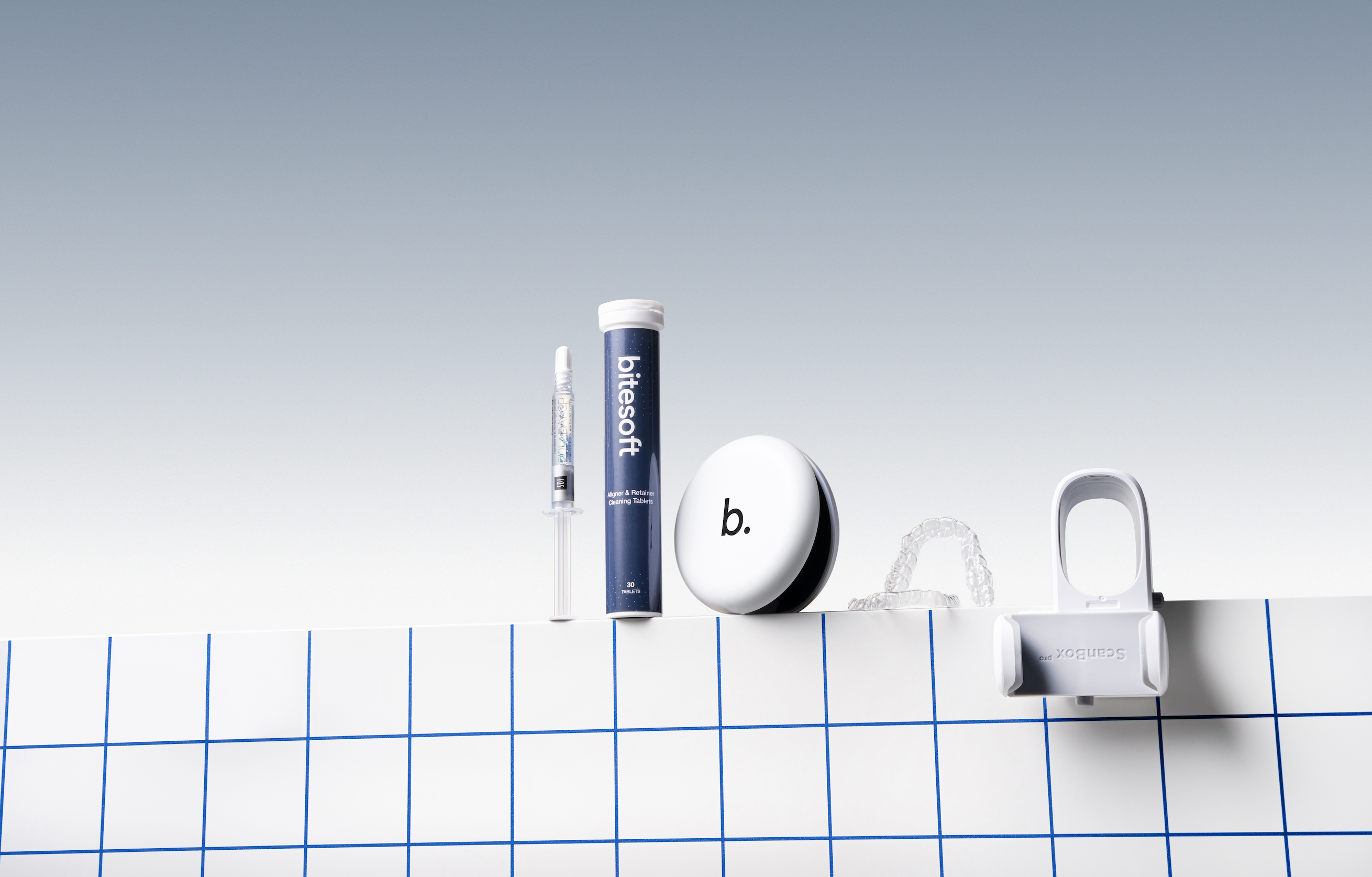


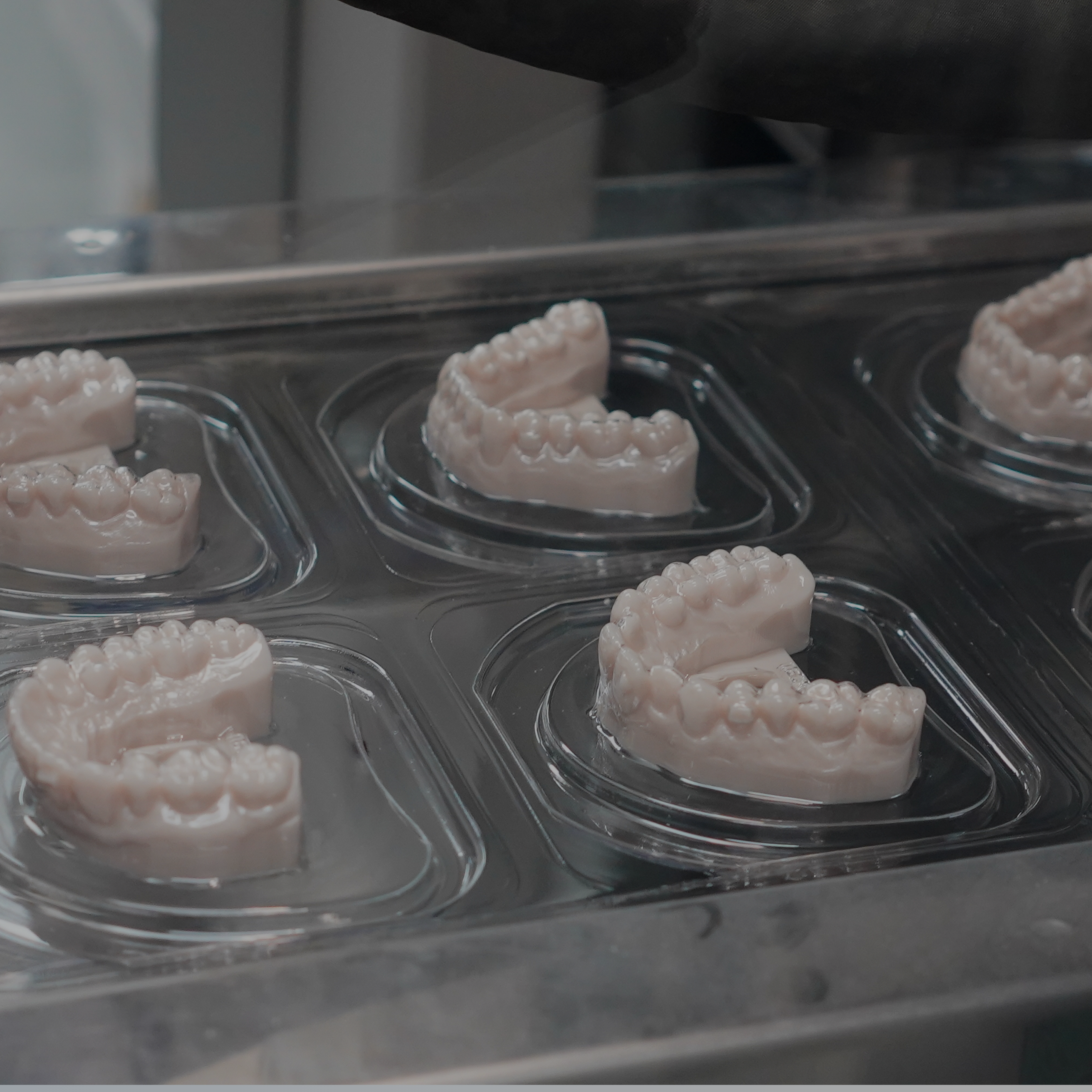
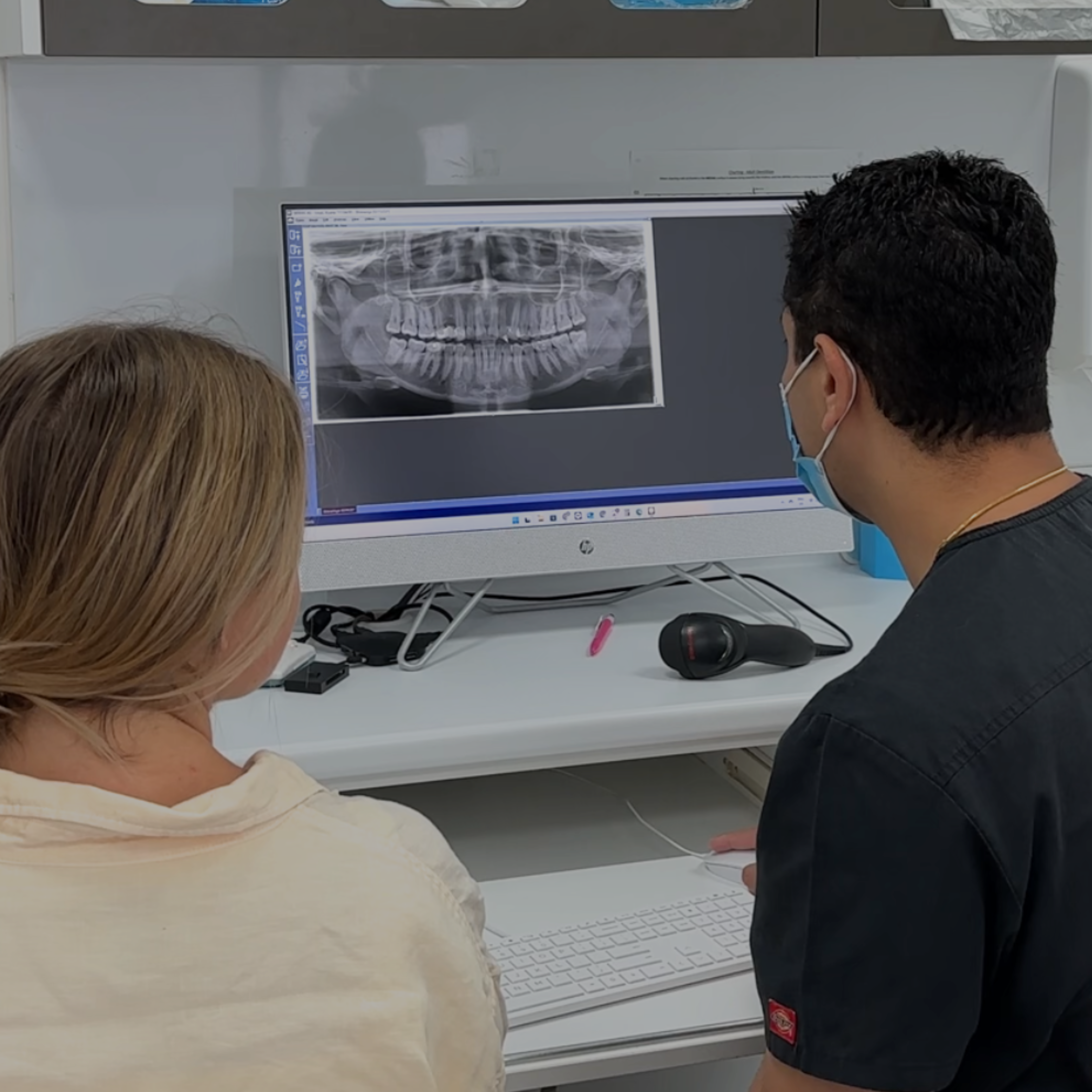

Share:
Learn How to Make Your Gums and Teeth Healthy Again
How to Fix a Crossbite